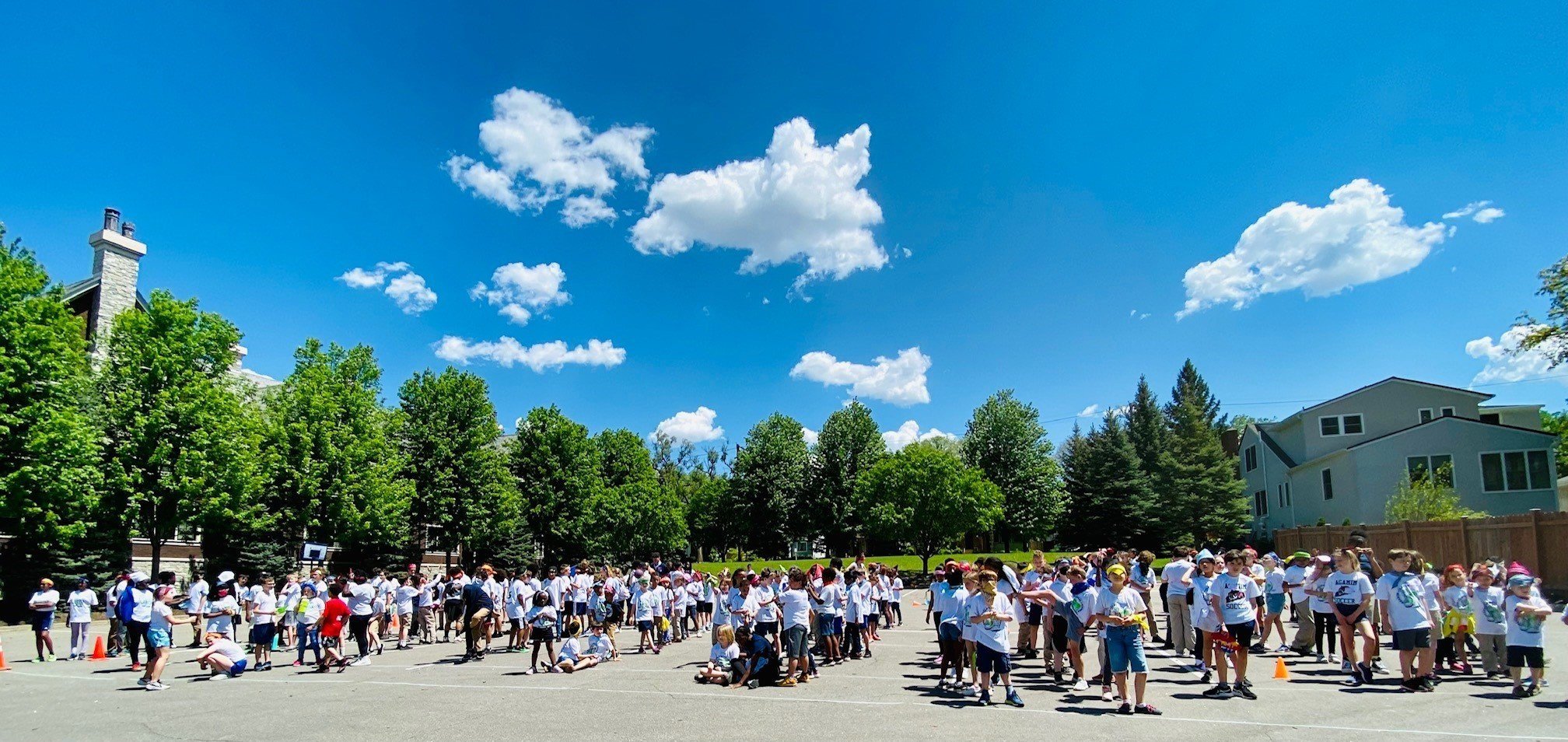
Health & Safety
Safe & Healthy School Information
-

Lead in Drinking Water
Agamim Classical Academy’s landlord, Calvary Church, conducts annual Lead in Drinking Water testing each year in accordance with the Minnesota Department of Health’s “Reducing Lead in Drinking Water: A Technical Guidance for Minnesota Schools.” Our landlord also will conduct these tests in accordance with Minnesota Statute 121A.335 requirements. For questions regarding Lead in Drinking Water inspections at Agamim, please contact our office.
*Current Lead Inspection (June, 2024) -

Indoor Air Quality
Click HERE for the link to the Environmental Protection Agency’s website on making air quality safer in schools. At Agamim, each classroom and shared space has a HEPA filtration machine to help clear the air of potentially harmful contaminants and support healthy air quality in the school.
-

Use of Pest Control Materials
From the MN Department of Health—Pesticide Use in Schools:
“Controlling pests in and around schools may be necessary to protect children’s health. Pests can spread disease, trigger asthma attacks, and in the case of insect stings, cause life-threatening allergic reactions. However, it is also important to minimize children’s exposure to pesticides. Children may be especially vulnerable to health effects from pesticides because their bodies are still growing and developing. Fortunately, there is a wealth of information available to schools on how to make decisions that balance the risks of pests and pesticides.”
Agamim Classical Academy’s building landlord, Calvary Church, uses a licensed, professional pest control service firm for the prevention and control of rodents, insects, and other pests in and around the building. Pest Control Activities Include:
>>Inspecting and monitoring for pests and determining treatments as needed;
>>Consulting with experts to determine ways to eliminate pests without need for pest control materials;
>>Using non-chemical pest control measures such as baiting, trapping, sealing, and screening; and
>>Applying EPA-registered pest control materials as needed.
Parents/Guardians of students and Staff Members may submit a request to receive prior notification of any pesticide or herbicide use as well as of any lawn treatments. Safety Data Sheets for all pesticides and herbicides used will be made available upon request.
-

Asbestos Protocols
From the Minnesota Department of Health—Asbestos in Schools:
“Asbestos can be found in a wide variety of building materials. Common Asbestos-Containing Products, for example floor tiles, linoleum, pipe insulation, ceiling tiles and wall plaster have all been documented to contain asbestos. Many of these building materials can be found in schools.
“Intact, undisturbed asbestos-containing materials (ACM) generally do not pose a health risk. However, when these materials are damaged or disturbed, they release asbestos fibers into the air. Airborne asbestos fibers pose an increased health risk for lung cancer, mesothelioma and asbestosis.”
What was done to address asbestos in schools?
“In order to protect children from the health risks posed by ACM, the U.S. Environmental Protection Agency (EPA) was mandated by the Asbestos Hazard Emergency Response Act (AHERA) in 1986 to develop a program for managing asbestos in schools.”
Who is regulated by AHERA?
“AHERA regulates ACM in K-12 public and non-profit private schools, including charter schools and schools with religious affiliations. For schools that are renting or leasing space, it is their responsibility to inspect for ACM and implement a management plan, not the building owners.”
How do schools in Minnesota comply with AHERA?
“AHERA requires schools to do the following:
>>Perform an initial inspection of ACM in all school facilities and to re-inspect these facilities every three years;
>>Develop and maintain an asbestos management plan and keep a readily available copy at the school;
>>Provide yearly notification to parent, teacher, and employee organizations regarding the school's asbestos management plan and any asbestos abatement actions taken or planned in the school;
>>Designate a contact person to ensure the responsibilities of the school district or school are properly implemented;
>>Visually inspect known or suspected ACM every six months;
>>Ensure that Minnesota certified individuals perform inspections, prepare management plans and conduct asbestos abatement;
>>Ensure that whenever greater than 3 linear feet or 3 square feet of ACM is disturbed the proper abatement action is carried out; and
>>Provide custodial staff with asbestos-awareness training.”

